Who will win the East Midlands marginal seats?
- Published
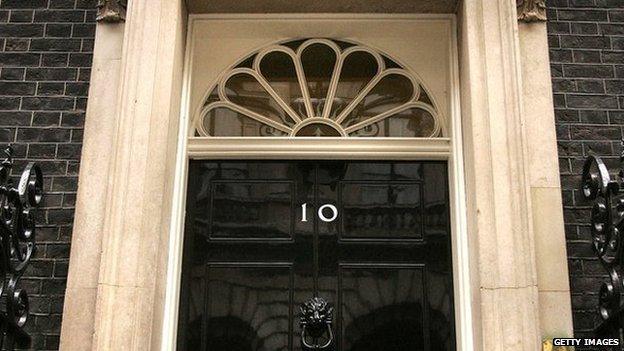
Will David Cameron or Ed Miliband gain most from the East Midlands' marginal seats?
Only a mug would try to predict the outcome of this General Election... But here's one safe bet: Like gold prospectors in the Klondike, the main political parties will be searching for electoral Eldorado in the East Midlands marginal seats.
Those seats are parliamentary gold dust, where voters have tended to chop and change and that's why this region will become "Battleground East Midlands".
At the last election, in almost a third of our 46 constituencies, the voters decided it was time for change.
The Conservatives took 12 seats off Labour, whose only consolation was regaining Chesterfield from the Lib Dems.
The swing from Labour to the Conservatives was 6.7%. In a marginal like North West Leicestershire, the shift from Labour to the Tories was twice that.
Number crunching
The regional share of the vote revealed: Conservatives on 41%; Labour 29.8%; Lib Dems 20.8% and UKIP 3.3%.
So is that any guide to the outcome this May? Perhaps not. But those 13 seats that changed hands five years ago will be a strong pointer to the result this time round.
Then there's the number crunching by polling experts using the stats from recent election results and survey trends.
There are a number of websites that specialise in the election prediction game.
Below are the seats in the BBC East Midlands editorial patch that I'll be watching particularly closely... with a prediction from Electoral Calculus, external.
As with all predictions, they carry a big psephological health warning, but are fascinating all the same!

Amber Valley, Derbyshire
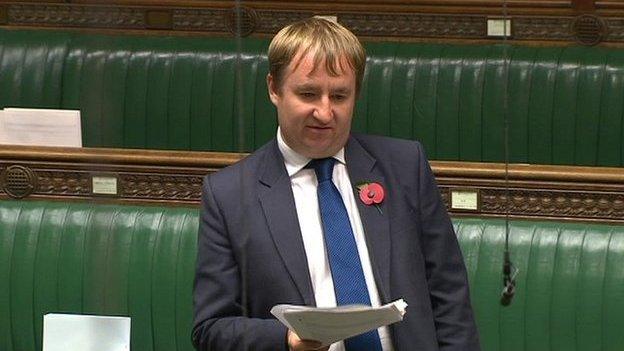
Sitting MP Nigel Mills will be defending a 536 Conservative majority.
In last round of Amber Valley district elections, Labour took control with a tiny majority from the Conservatives for the first time since 2000.
Mr Mills maintained a relatively low profile until two parliamentary moments.
He became the Tory standard bearer for tougher immigration controls as more Romanians and Bulgarians came to work in the UK.
He also earned the nickname "the Candy Crush MP", after being filmed playing the game during a parliamentary committee hearing.
Electoral Calculus, external predicts Labour gain.

Ashfield, Nottinghamshire
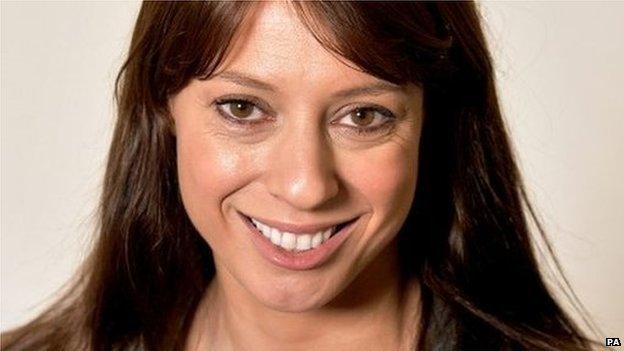
Ashfield is one of two Labour-Lib Dem marginal seats in the East Midlands.
Gloria De Piero, a shadow cabinet member, is defending a 192 Labour majority.
At the last general, the swing to the Lib Dems and its candidate - local councillor Jason Zadrozny - was the second biggest in the UK, yet it still wasn't enough to push him over the line to victory.
They are both facing each other again in this election.
Electoral Calculus, external predicts Labour hold.
Since this blog was published, Jason Zadrozny has been suspended by the Lib Dems and replaced by former deputy mayor of Mansfield Philip Smith.

Broxtowe, Nottinghamshire

Government defence minister Anna Soubry is defending a 389 Conservative majority.
Nick Palmer - who first won this seat for Labour from the Conservatives in 1997 and held it during the Blair/Brown era - hopes to win it back.
One big local issue has been the construction of the Nottingham tram network through Beeston town centre and Chilwell.
The political knife-edge nature of this seat is reflected in the council.
The Conservatives - in a pact with the Liberal Democrats - lost control at the last local elections.
Now Labour is the biggest controlling party, in a similar arrangement with the Lib Dems.
The constituency is also home to the production HQ of Boots.
Electoral Calculus, external predicts Labour gain.

Chesterfield, Derbyshire
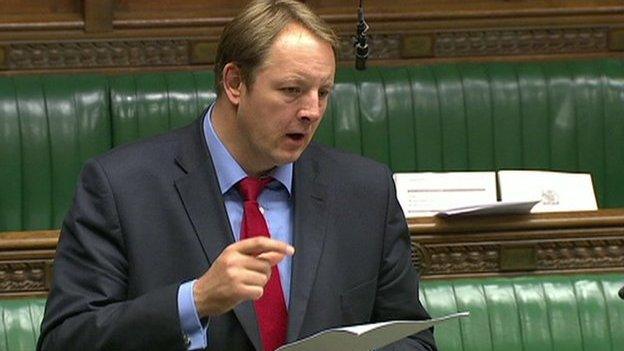
Labour's Toby Perkins is defending 549 majority over the Liberal Democrats.
Perkins is one of three East Midlands MPs that make up Ed Miliband's national election campaign team (the others being Gloria De Piero and Leicester South MP Jon Ashworth).
The Lib Dems won Chesterfield with Paul Holmes in 2001.
It was the first time a Liberal MP had represented the seat since 1924.
Former Labour cabinet minister Tony Benn was the town's MP from 1984 to 2001.
Electoral Calculus, external predicts Labour hold.

Derbyshire South
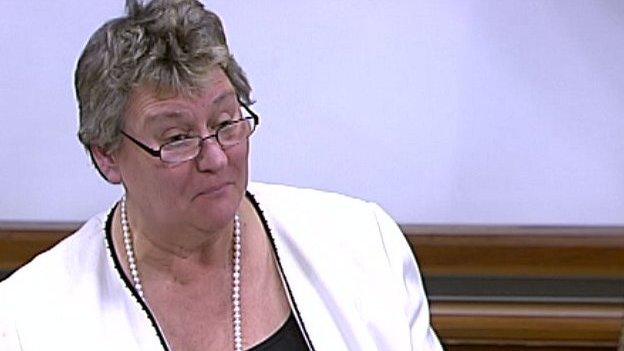
Heather Wheeler is defending a 7,128 Conservative majority.
The seat was represented for 14 years from 1983 by the high profile Conservative Edwina Currie.
Labour's Mark Todd won the seat in the New Labour landslide of 1997.
Swadlincote is the largest population centre and the administrative business heart of the constituency.
Its rapid expansion is the main reason behind the district's status as the fastest-growing in Derbyshire.
It's also home to Toyota's car assembly plant at Burnaston, just south of Derby.
Electoral Calculus, external predicts Conservative hold.

Erewash, Derbyshire
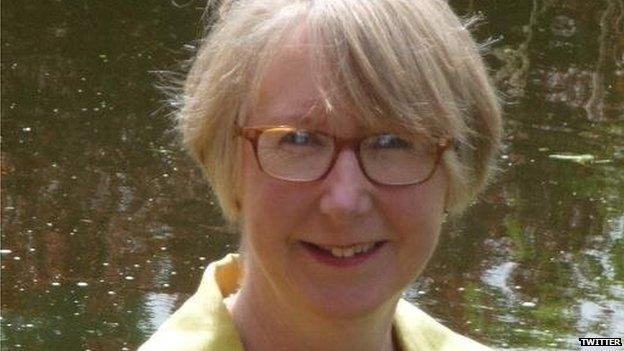
The Conservatives are defending a 2,501 majority, although its current MP Jessica Lee is standing down after one term.
Their candidate is now businesswoman Maggie Throup.
The constituency lies between the cities of Nottingham and Derby, bounded by the rivers Trent, Derwent and Erewash, and split down the middle by the M1.
Liz Blackman won the seat for Labour in 1997.
In 2005, her majority was 7,084 votes.
At that election, Robert Kilroy-Silk's attempts to return to Westminster with his new party Veritas, nose-dived.
He took took 5.8% of the vote.
Electoral Calculus, external predicts Labour gain.

Gedling, Nottinghamshire

Labour's Vernon Coaker, the shadow defence secretary, was first elected in the New Labour landslide of 1997.
He bucked the trend in the last election holding onto his north Nottingham suburban seat with a majority of 1,859.
The swing from Labour to the Conservatives was 2.9%, a third of that experienced in other East Midlands marginal seats.
In recent local government elections, Labour beat the Conservatives to take control of Gedling Borough Council and Labour secured a clean sweep in county council elections, helping Labour to take control of County Hall in 2013.
Electoral Calculus, external predicts Labour hold.

High Peak, Derbyshire
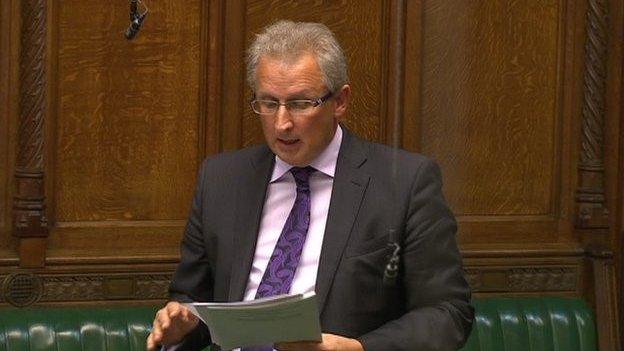
The Conservatives' Andrew Bingham took this seat off Labour on a 6.5% swing and with a majority of 4,677.
The Libs Dem vote was 11,000 (22%).
Tom Levitt was elected MP in the New Labour landslide of 1997 and held the seat at the 2005 general election, but by just 735 votes.
The northern part of the Peak District National Park occupies about 90% of this constituency, but contains only 10% of its population.
Electoral Calculus, external predicts Labour gain.

North West Leicestershire

With a majority of 7,511, Andrew Bridgen secured a 12% swing from Labour to the Conservatives, one of the biggest anti-Labour swings in the East Midlands.
Since then, he has established a high media profile for his opposition to the proposed route of the HS2 high speed rail link.
Under the current plans, it would cut through his constituency and, via tunnels, under the runway of East Midlands Airport.
Plans to build one of the biggest rail-road logistic hubs in the country, near Junction 24 of the M1, are a further controversy.
Bridgen said the development - despite some well-organised local community opposition - will benefit the region's economy and create up to 7,000 new jobs.
The HS2 route to its East Midlands station at Toton, between Derby and Nottingham, would also threaten the planned rail-road hub, much to the anger of Bridgen.
During the Blair/Brown years, the seat was held by Labour's David Taylor until his unexpected death before the 2010 election.
Electoral Calculus, external predicts Conservative hold.

Loughborough, Leicestershire
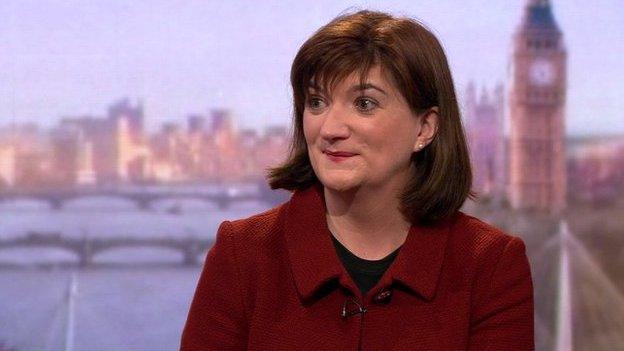
The education secretary Nicky Morgan is defending a 3,744 majority.
Since being promoted to the cabinet by David Cameron last year, her higher national profile may help her retain the seat.
Shock squads of Conservative campaigners have been dispatched to Loughborough since January to secure the Tory vote.
During the New Labour years, the seat was held by Blairite Andy Reed.
He lost on a 5.5% swing to the Tories. The Lib Dems had 18.3% of the vote.
Loughborough is a large university town, between Leicester and Nottingham.
Of the voting population of 70,000, up to 15,000 are estimated to be connected with Loughborough University in some way.
Electoral Calculus, external predicts Labour gain.

Sherwood, Nottinghamshire
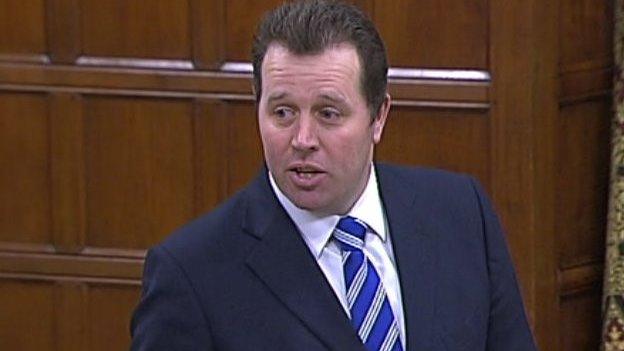
This is the most marginal Conservative-held seat in the East Midlands.
Local farmer Mark Spencer won the seat off Labour in 2010 and will be defending a 214 majority.
Its previous Labour MP Paddy Tipping stood down and became Nottinghamshire's first Police and Crime Commissioner in 2011.
During the 1980s, another Tory farmer, Andy Stewart, held the Sherwood seat.
In 1992, it swung back to Labour, when Paddy Tipping was first elected.
Sherwood covers the central part of Nottinghamshire and contains the former mining communities of Ollerton and Calverton.
Thoresby Colliery - the last remaining deep coal mine in Nottinghamshire and one of the few left in the UK - is due for closure just after the election.
That's despite heavy political lobbying and a visit to Thoresby by the Chancellor George Osborne last year.
The constituency's biggest town is Hucknall, which is fast becoming part of Nottingham suburbia since the city's tram was built in 2004.
Electoral Calculus, external predicts Labour gain

- Published7 February 2015
- Published29 July 2014
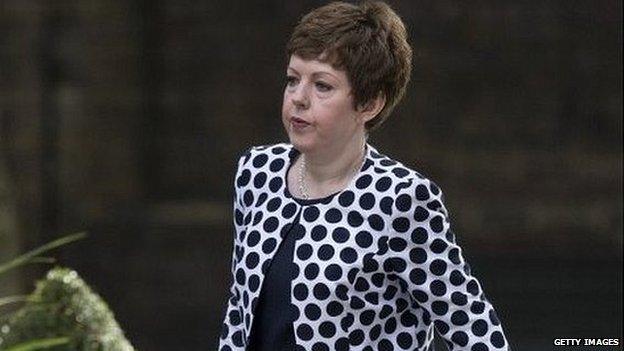
- Published23 July 2014
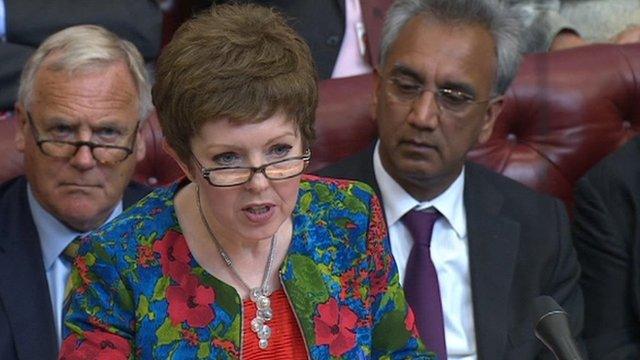
- Published19 February 2014